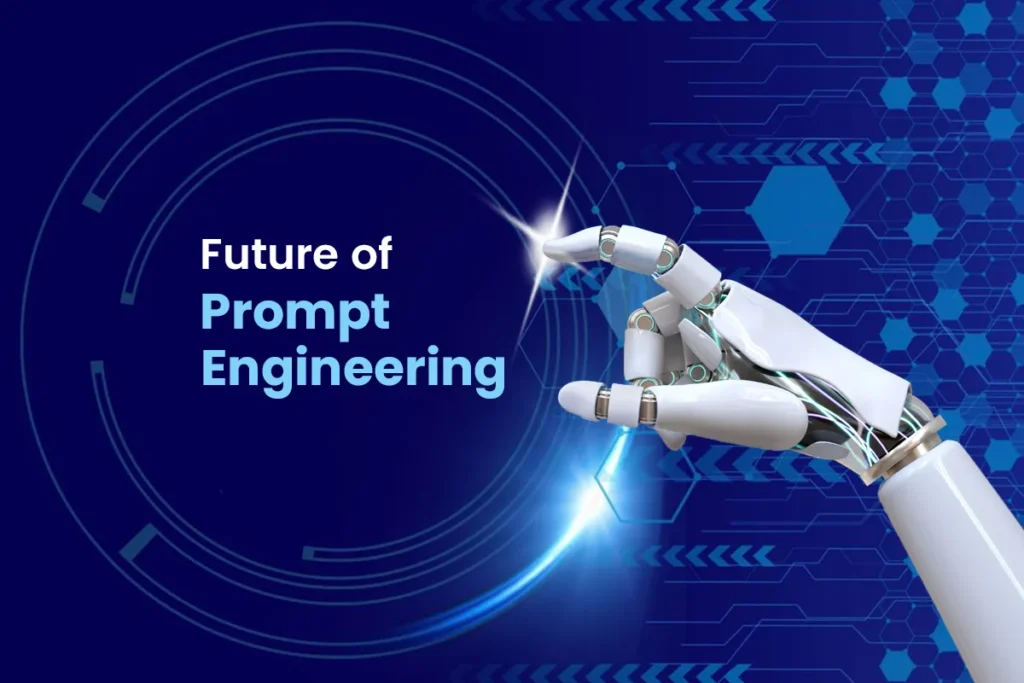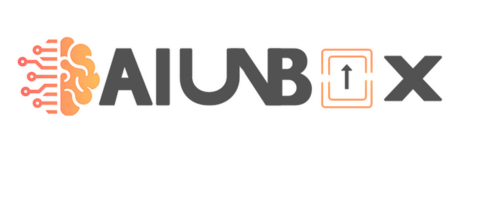The rapid rise of artificial intelligence (AI) has given birth to specialized roles that maximize its potential, one of the most important being an AI prompt engineer. In a world where AI systems like ChatGPT, DALL·E, and others are revolutionizing industries, prompt engineers play a critical role in bridging the gap between what users want and what AI delivers. Their expertise lies in designing, refining, and optimizing prompts—instructions that guide AI to generate desired outcomes.
This in-depth guide explores what it means to be an AI prompt engineer, the significance of prompt engineering services, and how this field is reshaping industries. It also discusses challenges, applications, and the future of prompt technology in generative AI systems.
What Is an AI Prompt Engineer?
An AI prompt engineer is a professional who specializes in crafting and optimizing text prompts that enable AI systems to generate accurate, contextually appropriate, and valuable outputs. These prompts can range from simple instructions to complex, multi-layered commands that guide AI in solving problems, creating content, or delivering insights.
For instance, a well-designed prompt can turn a generic AI response into a detailed, creative, and actionable outcome. Prompt engineers use ai prompt technology to fine-tune AI interactions, ensuring outputs align with user needs and industry standards.
By 2023, the demand for prompt engineering had grown significantly, with applications across marketing, education, healthcare, and customer service. As generative AI systems evolve, the role of prompt engineers is set to become even more vital.
The Role of AI Prompt Engineers
The work of a prompt engineer extends beyond crafting basic inputs for AI systems. It involves advanced techniques and methodologies to ensure that AI produces meaningful results. Here are the key responsibilities of a prompt engineer:
1. Crafting Clear and Effective AI Prompts
At the core of prompt engineering is the ability to create concise, well-structured prompts tailored to specific tasks. For example, a vague prompt like “Write about technology” might result in an unfocused response. However, a clear prompt like “Explain three key trends in AI technology for 2025“ ensures precise and relevant output.
2. Optimizing AI Outputs
Prompt engineers test and refine prompts to improve AI performance. This iterative process helps minimize irrelevant or inaccurate responses, ensuring the system’s capabilities are fully leveraged.
3. Utilizing Step Chain Models
Step chain models are a structured approach to breaking complex tasks into smaller, manageable steps. This method allows AI systems to handle intricate objectives more effectively. For instance, instead of asking AI to “Create a marketing plan,” a step chain model might guide the system through stages like identifying target audiences, proposing strategies, and outlining timelines.
4. Embedding Context in Prompts
Context is crucial for meaningful AI interactions. Prompt engineers provide the necessary background information within prompts to guide the AI toward relevant and accurate results. For instance, including details about the target audience or desired tone can make a significant difference in the output.
Prompt Engineering Services
As the demand for AI optimization grows, businesses are turning to prompt engineering services to harness the full potential of generative AI. These services include:
1. Custom Prompt Design
Prompt engineers create tailored prompts to meet specific business needs. Whether it’s generating engaging product descriptions, drafting legal documents, or automating workflows, custom prompts ensure precision and relevance.

2. Consultation and Training
Businesses can learn to use AI prompt technology through training sessions that equip teams with the skills to craft and refine their prompts. This empowers organizations to optimize their AI systems independently.
3. Workflow Integration
Prompt engineers help integrate AI tools into existing workflows, often using step-chain models to streamline processes. For example, they can design prompts to enhance customer support systems or optimize content creation pipelines.
4. Iterative Improvement
Prompt engineering services involve continuous testing and refinement to improve AI accuracy, scalability, and efficiency over time.
How Does Prompt Engineering Work?
Prompt engineering leverages AI’s natural language processing (NLP) capabilities to guide its outputs. Here’s how it works:
1. Defining the Objective
The process starts by identifying the task or goal. For example, if a business wants to automate email responses, the objective must outline common customer queries and the desired tone of replies.
2. Designing the Prompt
The next step is crafting the prompt using AI Prompt technology. Effective prompts are clear, concise, and specific. For instance:
- Generic Prompt: “Tell me about marketing.”
- Refined Prompt: “List five emerging digital marketing strategies for 2025, focusing on social media trends.”
3. Adding Context
Embedding context ensures the AI understands the broader scenario. This might include providing background information, specific instructions, or examples.
4. Iteration and Testing
Prompts are tested with various inputs to evaluate AI performance. Based on the results, they are refined to eliminate inaccuracies or irrelevant outputs.
Purpose of Prompt Engineering in Generative AI Systems
The primary purpose of prompt engineering is to align AI outputs with user intent. Even the most advanced AI systems can fail to deliver meaningful responses without proper guidance. By designing structured and context-rich prompts, prompt engineers enable AI to perform tasks effectively across diverse applications.
From generating creative content to assisting in medical diagnoses, prompt engineering plays a pivotal role in unlocking the full potential of generative AI systems.
Applications of Prompt Engineering
Prompt engineering is transforming industries by enhancing AI capabilities in the following areas:
1. Content Creation
AI-driven tools are now capable of generating blogs, social media posts, advertisements, and even scripts. Prompt engineering ensures these outputs are engaging, accurate, and aligned with user goals.
2. Education
In education, AI prompts create personalized lessons, answer student queries, and provide instant feedback, improving learning outcomes.
3. Customer Service
Businesses are using AI-powered chatbots trained with optimized prompts to deliver accurate, empathetic, and timely customer support.
4. Healthcare
Prompt engineering is aiding AI tools in diagnosing symptoms, analyzing medical data, and recommending treatments, improving healthcare outcomes.
Challenges in Prompt Engineering
Despite its immense potential, prompt engineering faces several challenges:
1. Complexity of Language
Human language is nuanced and context-dependent, making it challenging to create prompts that AI systems can fully comprehend.
2. Bias in Outputs
AI systems may mirror the biases found in their training data. Prompt engineers must design prompts that mitigate bias to ensure fair and unbiased results.
3. Trial-and-Error Approach
Crafting the perfect prompt often requires intuition and experimentation, leading to a time-consuming process.
4. Model-Specific Adjustments
Different AI models respond differently to prompts, requiring prompt engineers to tailor their strategies for each system.
Future of Prompt Engineering
As generative AI systems evolve, prompt engineering is poised to play an even more significant role. Here’s what the future holds:
1. Automated Prompt Generation
Advances in prompt technology will enable AI systems to generate and refine their prompts, reducing the need for manual intervention.

2. Expansion into New Fields
Prompt engineering will expand into legal research, creative arts, environmental science, and more, broadening its applications.
3. Improved Collaboration
The integration of step chain models with AI systems will enhance their ability to handle multi-step tasks, fostering better collaboration between humans and machines.
4. Cross-Disciplinary Growth
Prompt engineers will collaborate with linguists, psychologists, and domain experts to improve AI-human interactions.
Conclusion
The role of an AI prompt engineer is critical in shaping the future of generative AI systems. By designing effective prompts, employing advanced methodologies like step chain models, and leveraging cutting-edge prompt technology, these professionals ensure AI systems deliver meaningful and relevant results.
As industries continue to embrace AI, prompt engineering will remain indispensable in optimizing its applications, addressing challenges like bias and language complexity, and driving innovation. From enhancing customer experiences to enabling breakthroughs in education and healthcare, the work of prompt engineers underscores the transformative potential of well-designed AI prompts.
FAQs
1. What skills are required to become an AI prompt engineer?
To become an AI prompt engineer, you need a strong understanding of natural language processing (NLP), critical thinking, creativity, and problem-solving skills. Familiarity with generative AI models (e.g., ChatGPT, DALL·E), expertise in crafting precise and structured prompts, and knowledge of programming languages like Python are valuable.
2. How do step chain models benefit prompt engineering?
Step chain models break complex tasks into smaller, sequential steps, making it easier for AI systems to generate accurate and structured responses. This approach helps AI handle intricate workflows, ensuring outputs align with user goals and expectations.
3. Can prompt engineering be automated in the future?
Yes, advancements in AI are likely to enable automated prompt generation and refinement. However, human expertise will still be essential to address challenges like bias, context understanding, and the nuances of language.

